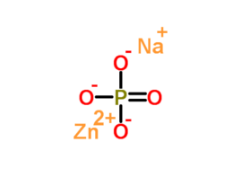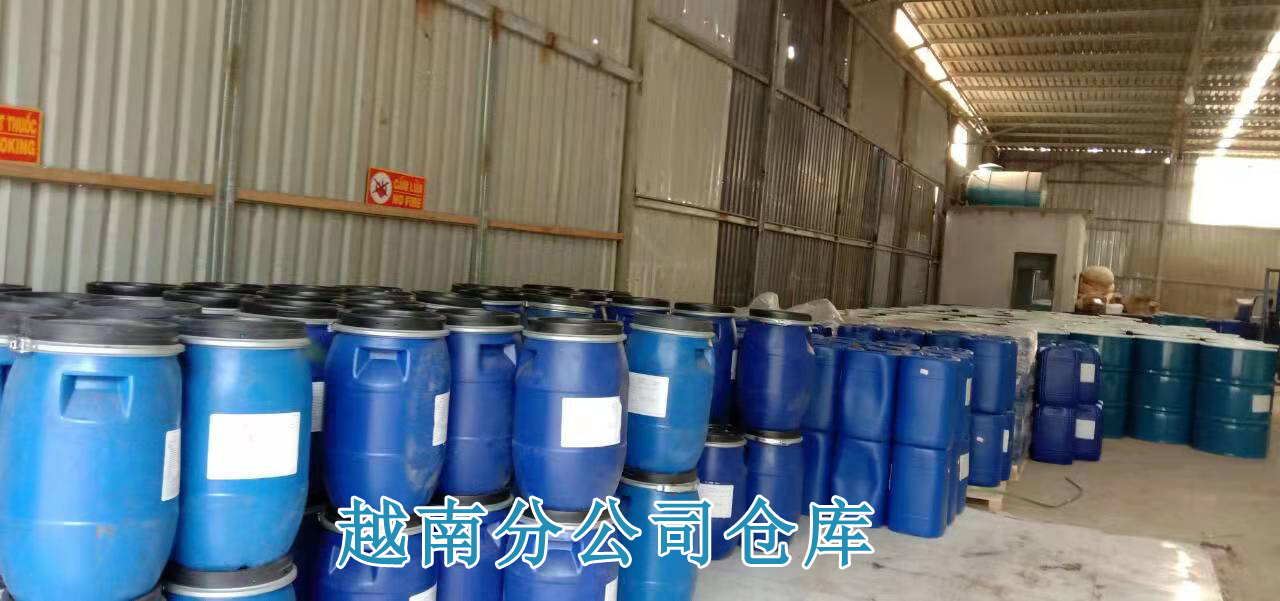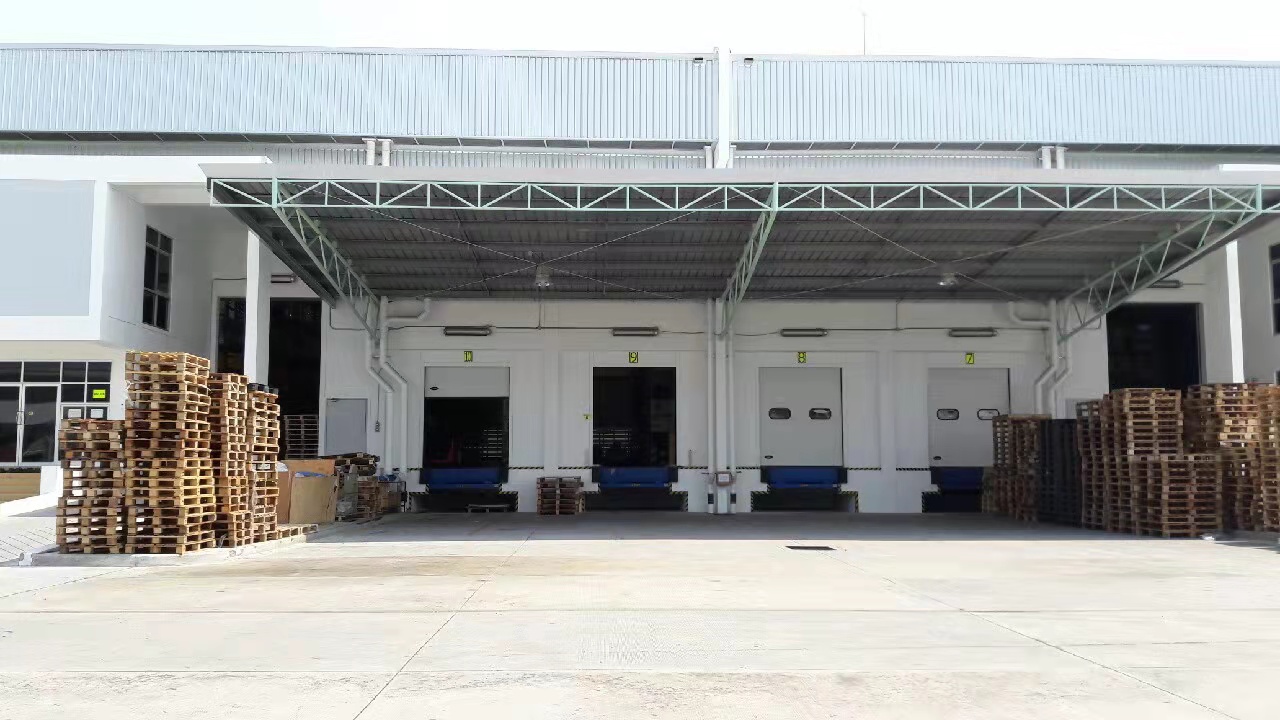What is fiberglass?
1. Chemical Properties
Melting point 680 ℃
Molecular structure

Boiling point 1000 ℃
Density 2.4-2.7g/cm³
2. Main ingredients
Its main components are silica, alumina, calcium oxide, boron oxide, magnesium oxide, sodium oxide, etc. According to the alkali content in the glass, it can be divided into alkali-free glass fiber (sodium oxide 0% to 2%, which belongs to aluminum Borosilicate glass), medium-alkali glass fiber (sodium oxide 8% to 12%, soda-lime silicate glass with or without boron) and high-alkali glass fiber (sodium oxide above 13%, soda-lime silicate glass) silicate glass).

3. Main features
Raw materials and their applications: Glass fiber has higher temperature resistance than organic fiber, is non-flammable, corrosion-resistant, has good heat and sound insulation, high tensile strength and good electrical insulation. But it is brittle and has poor wear resistance. Used to make reinforced plastics or reinforced rubber. As a reinforcing material, glass fiber has the following characteristics. These characteristics make the use of glass fiber far more extensive than other types of fibers, and its development speed is also far ahead. Its characteristics are listed below:
(1) High tensile strength and small elongation (3%).
(2) High elastic coefficient and good rigidity.
(3) The elongation within the elastic limit is large and the tensile strength is high, so it absorbs large impact energy.
(4) It is an inorganic fiber, non-flammable and has good chemical resistance.
(5) Low water absorption.
(6) Dimensional stability and heat resistance are good.
(7) It has good processability and can be made into products of different shapes such as strands, bundles, felts, and woven fabrics.
(8) Transparent and can transmit light.
(9) The development of a surface treatment agent with good adhesion to resin has been completed.
(10) Cheap price.
(11) It is not easy to burn and can be melted into glass-like beads at high temperatures.

4. Material classification
Glass fibers can be divided into continuous fibers, fixed-length fibers and glass wool according to shape and length; according to glass composition, they can be divided into alkali-free, chemical-resistant, high-alkali, medium-alkali, high-strength, high elastic modulus and alkali-resistant ( Alkali-resistant) glass fiber, etc.
The main raw materials for producing glass fiber are: quartz sand, alumina and pyrophyllite, limestone, dolomite, boric acid, soda ash, Glauber’s salt, fluorite, etc. The production methods are roughly divided into two categories: one is to directly make fibers from molten glass; the other is to first make molten glass into glass balls or rods with a diameter of 20mm, and then heat and remelt them in various ways to make fibers with a diameter of 3~ Very fine fiber of 80μm. Infinitely long fibers drawn through mechanical drawing methods through platinum alloy plates are called continuous glass fibers, commonly known as long fibers. Discontinuous fibers made by rollers or airflow are called fixed-length glass fibers, commonly known as short fibers.
Glass fiber is divided into different grades according to composition, properties and uses. According to standard grade regulations, E-grade glass fiber is the most commonly used and widely used in electrical insulation materials; S-grade is a special fiber.
The glass used to produce fiberglass is different from the glass used in other glass products. The composition of glass used in commercialized fibers internationally is as follows:
E-Glass
Also known as alkali-free glass, it is a type of borosilicate glass. It is currently the most widely used glass component for glass fiber. It has good electrical insulation and mechanical properties. It is widely used in the production of glass fiber for electrical insulation and is also widely used in the production of glass fiber for fiberglass reinforced plastics. Its disadvantage is that it is easy to be Inorganic acid corrodes, so it is not suitable for use in acidic environments.
C-Glass
Also known as medium-alkali glass, its chemical resistance, especially acid resistance, is better than alkali-free glass, but its electrical properties are poor and its mechanical strength is 10% to 20% lower than alkali-free glass fiber. Usually foreign medium-alkali glass fiber contains a certain amount of Amount of boron trioxide, while my country’s medium-alkali glass fiber does not contain boron at all. Abroad, medium-alkali glass fiber is only used to produce corrosion-resistant glass fiber products, such as the production of fiberglass surface mats, etc., and is also used to strengthen asphalt roofing materials. However, in my country, medium-alkali glass fiber accounts for more than half of the glass fiber production. (60%), it is widely used in the reinforcement of fiberglass and the production of filter fabrics, wrapping fabrics, etc. Because its price is lower than that of alkali-free glass fiber, it has strong competitiveness.
High strength glass fiber
It is characterized by high strength and high modulus. Its single fiber tensile strength is 2800MPa, which is about 25% higher than the tensile strength of alkali-free glass fiber. Its elastic modulus is 86000MPa, which is higher than E-glass fiber. The fiberglass products produced with them are mostly used in military industry, space, bulletproof armor and sports equipment. However, due to its high price, it cannot yet be promoted for civilian use, and the world’s output is only about a few thousand tons.
AR fiberglass
Also known as alkali-resistant glass fiber, alkali-resistant glass fiber is the rib material of glass fiber reinforced (cement) concrete (GRC). It is 100% inorganic fiber and is an ideal substitute for steel and asbestos in non-load-bearing cement components. The characteristics of alkali-resistant glass fiber are good alkali resistance, can effectively resist the erosion of high-alkali substances in cement, strong holding power, extremely high elastic modulus, impact resistance, tensile strength, and flexural strength, and is non-flammable, anti-freeze, and temperature-resistant. , strong ability to change humidity, excellent crack resistance and anti-permeability properties, strong designability, easy molding and other characteristics. Alkali-resistant glass fiber is a new type widely used in high-performance reinforced (cement) concrete.��Underground pipeline corrosion
(3) Surface felt, shaping and surface polishing of FRP products
(4) Veneer felt is used on walls and ceilings to prevent paint from cracking and orange peel. It is mostly used to decorate large conference rooms and high-end hotels
(5) Floor felt is used as the base material of PVC floor
(6) Carpet felt is used as the base material for carpet tiles
(7) Copper-clad laminate felt attached to copper-clad laminate can enhance its punching and drilling performance
(8) Battery separator felt: used as the base material of aluminate battery separator felt.
8. Glass fiber cloth
The main purpose is the fiberglass industry (accounting for about 70%). Fiberglass cloth is also used in the construction industry. Its main function is to increase strength. It can also be used as building exterior wall insulation layer, interior wall decoration, interior wall moisture-proof and fire-proofing, etc.
Types of fiberglass cloth: fiberglass mesh cloth, fiberglass square cloth, fiberglass plain cloth, fiberglass axial cloth, fiberglass wall cloth, fiberglass electronic cloth.
Function of glass fiber:
1. Enhance rigidity and hardness. The increase of glass fiber can improve the strength and rigidity of plastic, but the toughness of the same plastic will decrease. Example: Flexural modulus;
2. Improve the heat resistance and heat deformation temperature; taking nylon as an example, the heat deformation temperature of nylon with glass fiber is increased by at least twice. The temperature resistance of general glass fiber reinforced nylon can reach more than 220 degrees
3. Improve dimensional stability and reduce shrinkage;
4. Reduce warping deformation;
5. Reduce creep;
6. Regarding the flame retardant performance, the candle wick effect will interfere with the flame retardant system and affect the flame retardant effect;
7. Reduce the gloss of the surface;
8. Increase hygroscopicity;
9. Glass fiber processing: The length of glass fiber directly affects the brittleness of the material. If the glass fiber is not handled well, the short fiber will reduce the impact strength, while the long fiber will increase the impact strength if it is not handled well. In order to prevent the brittleness of the material from greatly decreasing, a certain length of glass fiber must be selected.
Conclusion: To obtain good impact strength, the surface treatment of the glass fiber and the length of the glass fiber are crucial!
Fiber content: The fiber content of a product is also a key issue. Our country generally adopts integer content such as 10%, 15%, 20%, 25%, 30%, etc., while foreign countries determine the content of glass fiber according to the use of the product.
9. Anti-slip on ice
In April 2015, Canadian scientists developed a cheap and effective method to embed fiberglass in elastic rubber. This new material can be used to make anti-slip shoes in winter. The material is made from a rubbery plastic called thermoplastic polyurethane, with thousands of glass fibers embedded in it that stretch out like tiny nails, giving the rubber a feel like fine sandpaper.





